Testing for Johne's
Identify infected animals in the herd as soon as possible so that management decisions may be taken to prevent the spread of infection.
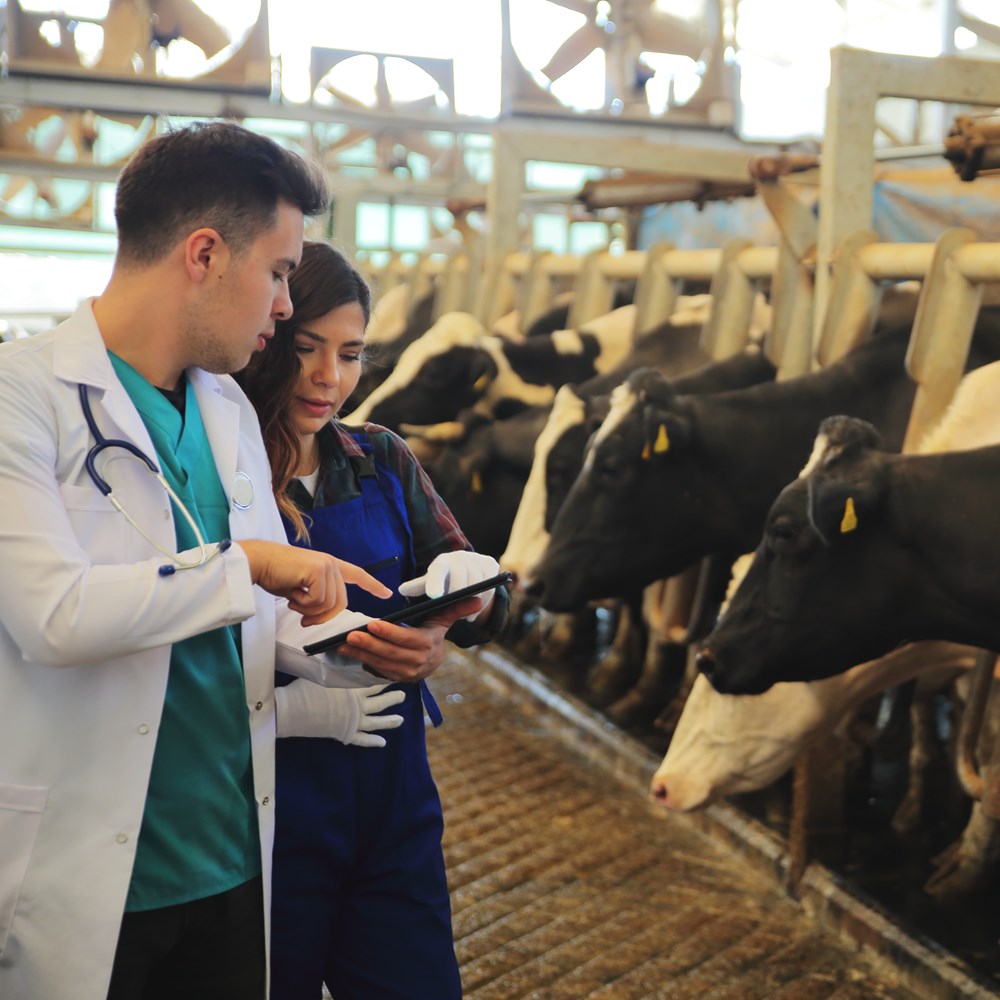
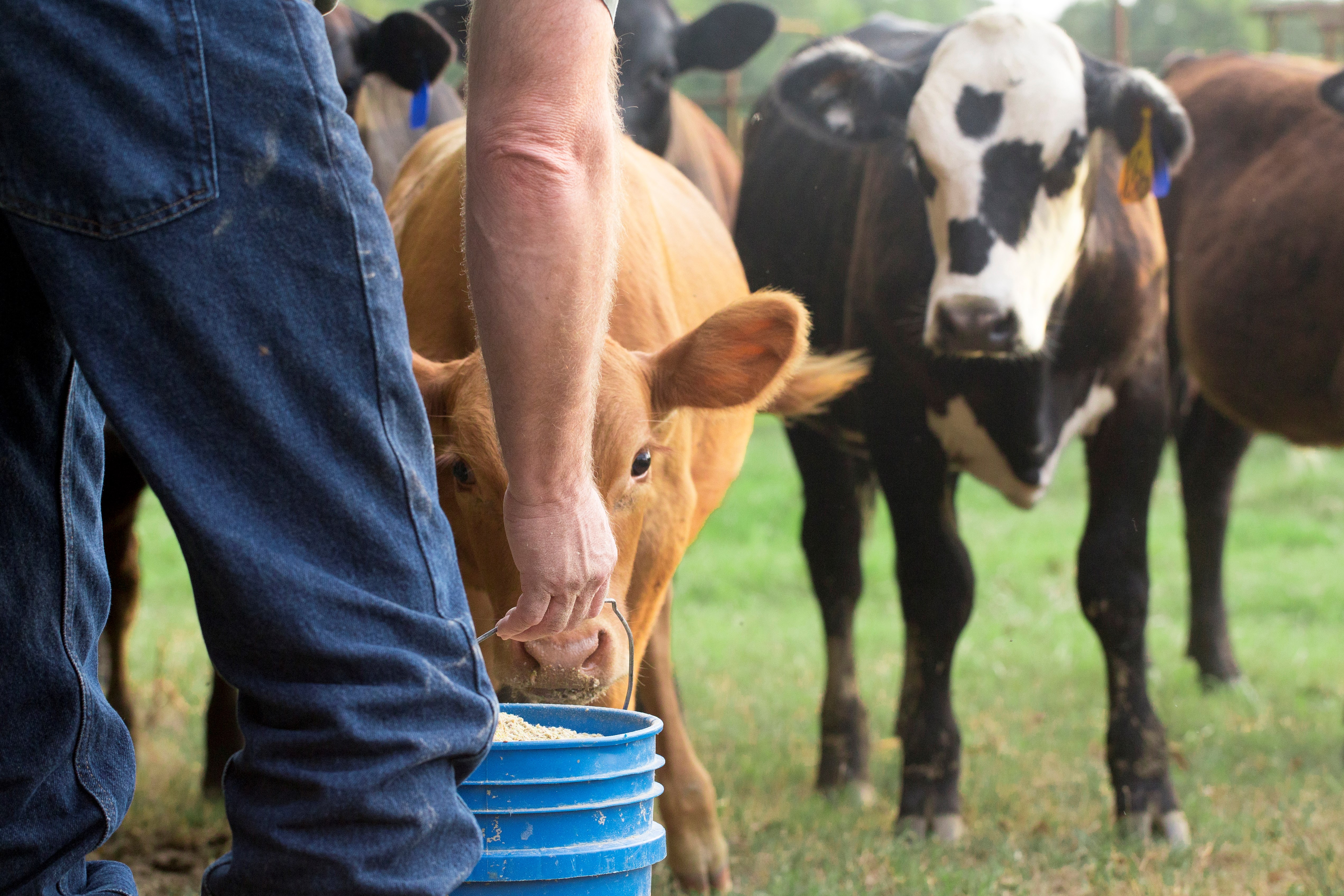
Why test for Johne's disease?
The ultimate aim of testing is to identify infected animals in the herd as soon as possible so that management decisions may be taken to prevent spread of infection from infected cows to the rest of the herd.
A cow with clinical signs of Johne's disease has quite probably been infected for much of its life. Whilst testing a sick cow achieves a diagnosis and confirms that Johne's Disease is present, it is important to use blood testing across the whole herd to screen for "silently" infected animals.
Infected animals are capable of spreading infection to the rest of the herd before they themselves start to show signs of illness. These ‘sub-clinical’ cows are often prone to having poorer performance, increased susceptibility to other infections, reduced fertility and can therefore have a negative affect on the replacement rate.
How can I test for Johne's disease?
The main test used to diagnose Johne's disease is a blood test to look for the antibodies that the animal has produced in response to infection with the bacterium that causes Johne's disease. This bacterium is known as 'MAP' - an acronym of Mycobacterium Avium subspecies Paratuberculosis.
Blood testing is the most suitable sample format for beef suckler herds. A blood test can detect infected animals earlier than faecal tests are able to and enables identification of infected animals as early in the course of infection as possible, and often before they become infectious to others.
A repeat blood test of an animal not showing a clear positive test result may be useful in helping to make management decisions. This should be done 1 - 3 months after the first test. A faecal sample collected at the same time may help determine whether that animal is shedding bacteria and infectious to others and can aid in decision making to cull positive animals.
In dairy herds, a similar test can be used to screen for these antibodies in the milk. Bulk milk testing is not recommended as it can give false confidence in the herd's Johne's disease status. Individual milk samples from the whole milking herd can be collected quarterly. The results accumulated throughout the year help build a Johne's disease profile for each individual animal which will aid management decisions using a risk-based approach.
The other commonly used test is to look for the presence of the actual MAP bacteria in a dung sample of each cow. The presence of the MAP bacteria in a dung sample can be confirmed either by culture or by PCR. A positive result from a dung sample indicates that MAP is present on the farm and is being shed from that animal, therefore acting as a source of infection to others.
Note on TB Testing
The tuberculin skin test for TB can interfere with the blood test for Johne's disease. Current guidelines state that blood testing for Johne's disease should not be performed within a minimum of 3 months after a cow has received a tuberculin skin test. If in any doubt, consult your Veterinary Advisor.
What do the test results mean?
Blood test results and milk test results
The key to the interpretation of blood test results is to understand how the tests detect infection with MAP along the lengthy timeline of the disease. Whichever blood test is used, the essence of the test is to detect antibodies produced as a result of infection with the MAP bacteria.
The majority of animals with Johne's disease are thought to have been infected whilst young calves. However, it takes a long time for the body to react to infection such that antibodies to the disease are produced. It takes longer still for the animal to start shedding bacteria and usually many years before showing signs of disease.
Ideally, animals are detected when they start to produce antibodies but before they start shedding bacteria (mainly) in the faeces. This allows animals that will inevitably become infectious to be identified - and managed - before they reach that stage.
In Scotland, the two main groups of laboratories testing blood samples for MAP infection are Biobest (which process samples from the HiHealth Herdcare Cattle Health Scheme), and the SRUC Veterinary Services labs (which process samples from the Premium Cattle Health Scheme). Although both tests are looking for the same thing - antibodies in the blood - they are different tests and are reported back to the producer in a different manner.
Essentially, the message is the same:
- Discuss your results with your veterinary surgeon
- Have a clear idea of how you are going to act upon the results
- Act upon your results
Faecal tests
Faecal tests for Johne's can be carried out in one of two ways - 'Faecal culture' where a smear of prepared faeces from the sample is incubated and examined for evidence of MAP bacteria after a set period of time and 'Faecal PCR' where a prepared faecal sample is examined for the presence of genetic material specific to MAP bacteria.
Faecal PCR allows test results to be reported back to the producer much quicker than Faecal culture tests. Both are a lot more expensive than a blood test (approx £30 compared to approx £4).
If MAP is detected via either method of faecal test, it can be concluded that the animal from which the sample was taken, is shedding the MAP bacteria. Having a 'Not detected' result, means that (in the sample that was submitted) MAP bacteria were not detected. This however, does not conclusively prove that the animal from which the sample was taken is not infected.
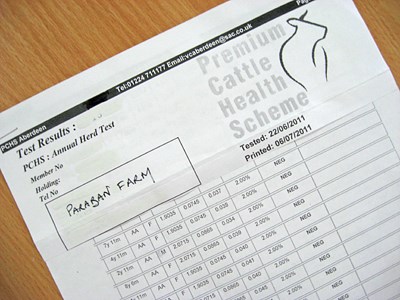
Blood from SRUC Veterinary Services
SRUC Veterinary Services report their Johne's disease test results on a more extensive basis but the information relevant to producers is in the 'Result' column. The test used is, like the Biobest test, an ELISA test but the results are reported as "Positive", "Inconclusive", "Suspicious"and "Negative".
Positive: greater than or equal to 70%
Inconclusive: 60% to less than 70%
Suspicious: 50% to less than 60%
Negative: less than 50%
Post-mortem testing
Post mortem testing of gut and lymph node tissue samples of study farm animals was carried out as a PhD project at the University of Glasgow to assess whether testing in the abattoir is a feasible method of monitoring infection in a herd.
The abattoir samples were examined for evidence of MAP infection and compared with the results from live animal testing:
|
Histopathology |
||||
|
Negative |
Positive |
Total |
||
|
ELISA |
Negative |
256 |
5 |
261 |
|
Non-negative |
66 |
25 |
91 |
|
|
Total |
322 |
30 |
352 |
|
Abattoir sampling is limited by the logistics of organising abattoir visits to collect samples from particular animals. It has been useful to screen for the presence of MAP within a herd, demonstrating its continuing presence despite sustained efforts with control programmes. However it is questionable whether this method can be seen as a “gold standard” in detecting the disease in pre-clinically infected animals, and it will not make informed culling decisions on farm any easier in low prevalence herds.
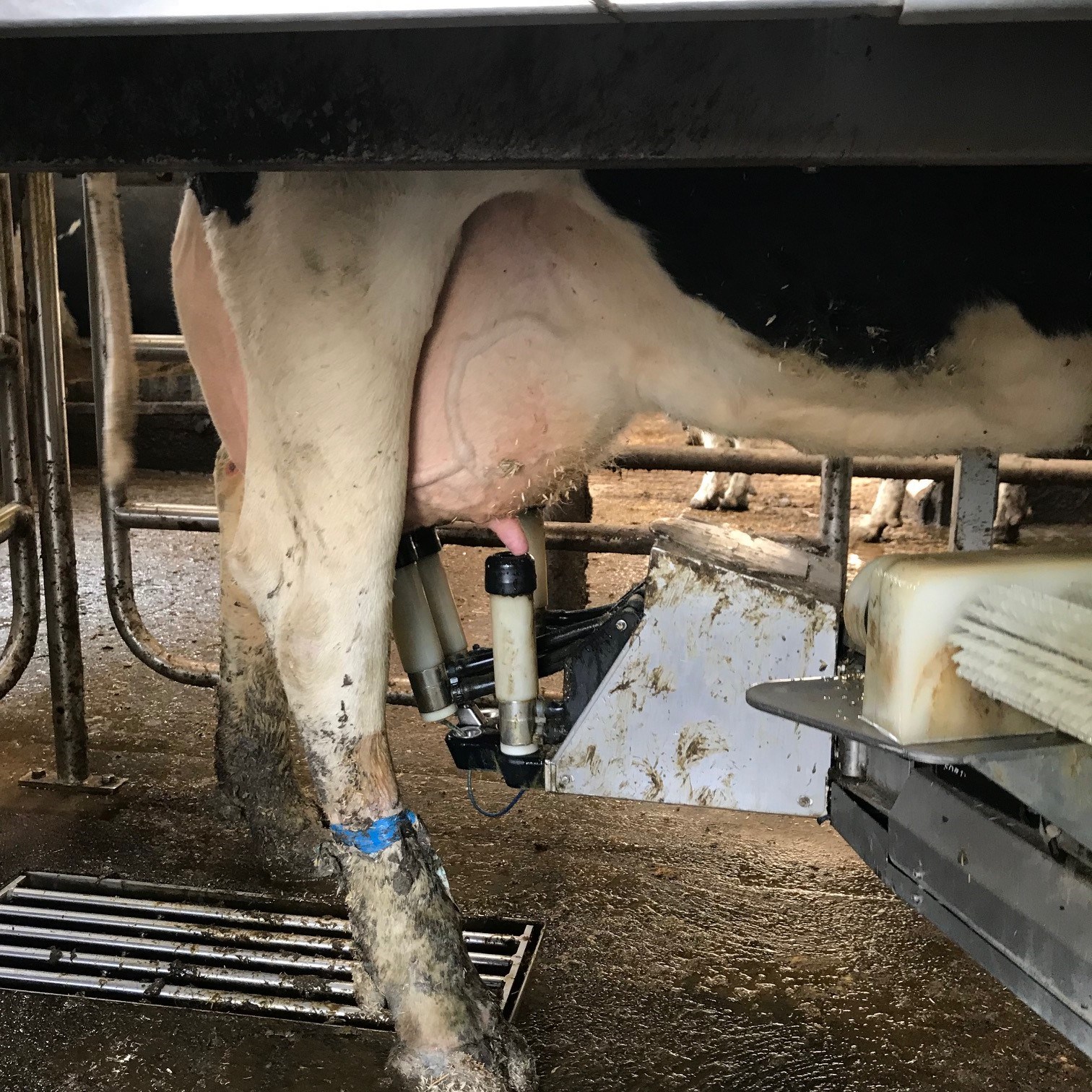
Milk tests for Johne's
National Milk Laboratories (NML) advocate a variety of testing strategies depending upon an initial disease risk assessment in collaboration with your veterinary advisor. Bulk milk is not recommended for screening as a low test result can be misleading.
It is interesting to note that for one testing strategy - the 30-cow milk screen, NML recommends that the cows chosen for the screen should be those most likely to be infected and they rank these in order of priority as:-
- Between 3 and 7 years old
- Repeat high SCC or mastitis cows
- Cows affected by lameness
- Cows demonstrating a drop in milk yield
- Generally depressed individuals.
This suggests that MAP infected cows are most likely to have other performance issues.
As per the blood serum ELISA test, antibodies produced by the cattle in response to MAP infection are detected in the milk and the results reported on a low, medium or high category status.
Interpretation of milk samples from National Milk Records
For more information, visit the National Milk Laboratories or National Milk Records websites.
Discover more

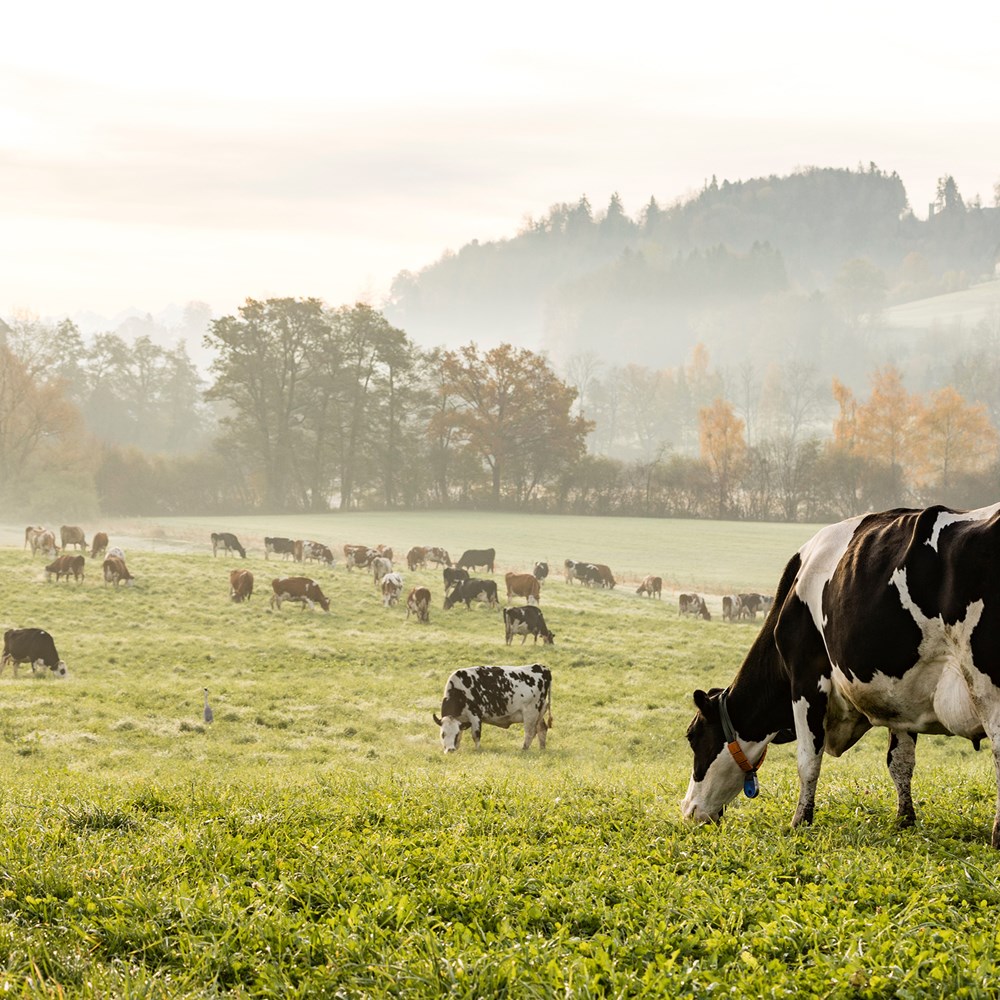
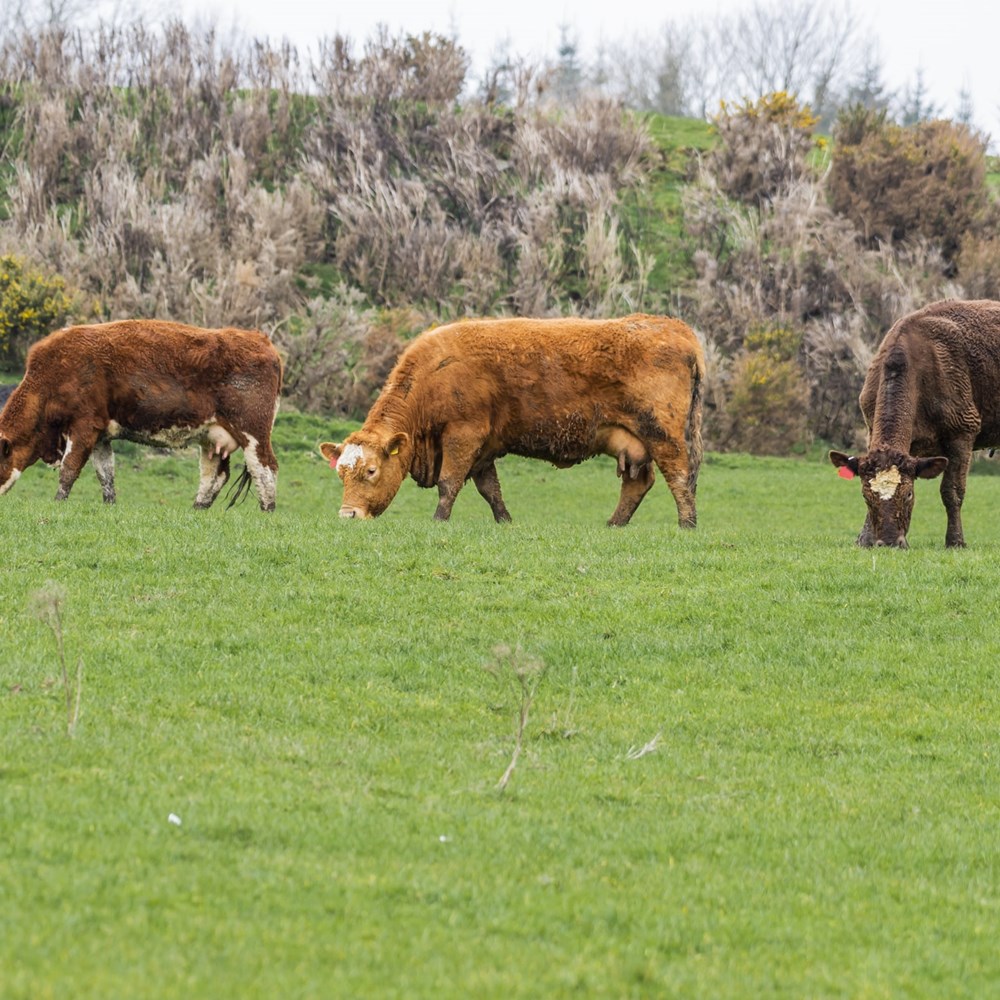
Accreditation Programme & health schemes
Risk Level Accreditation programme enables herds to maintain or move towards clear herd tests.
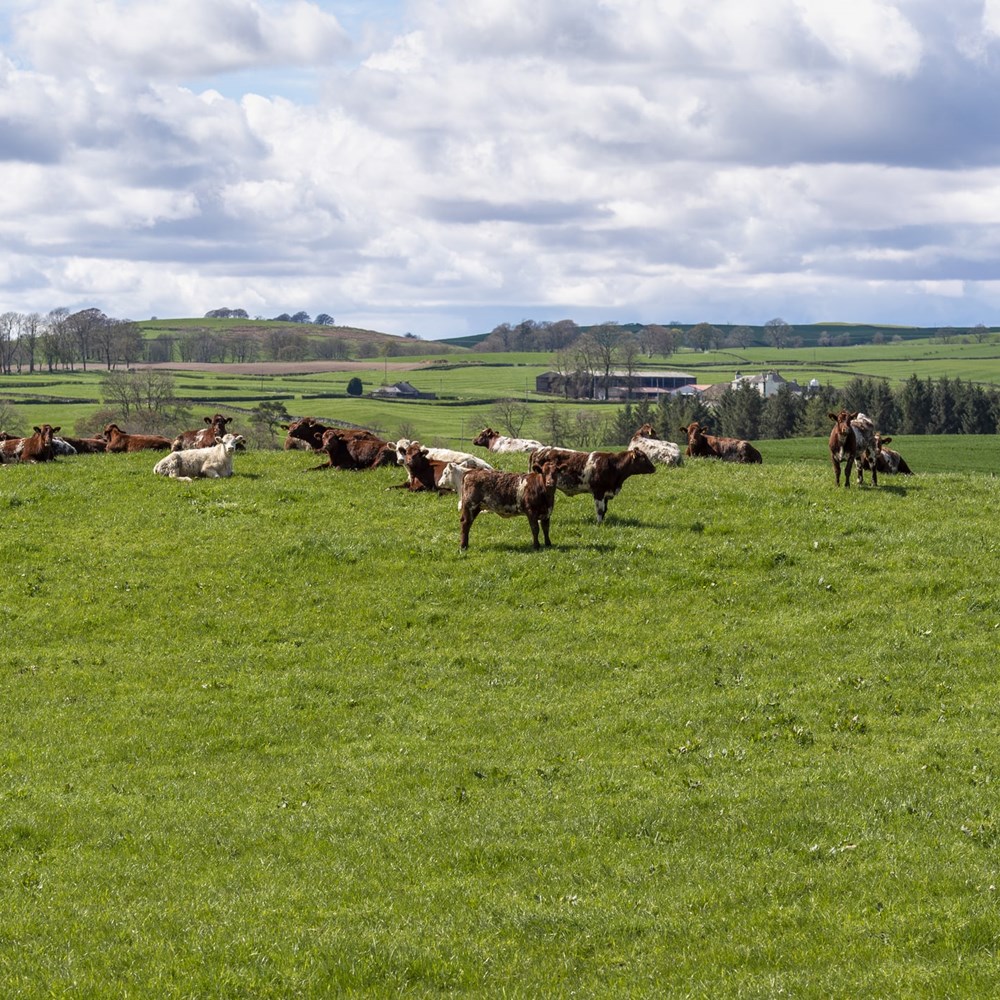

Find out more about our services

Research news
Have a look at our latest news articles to find out more about our research activities and impact across the globe.


SRUC Pure
You can access our research outputs, learn more about our research team, see our current and past research projects and much more on SRUC Pure.
